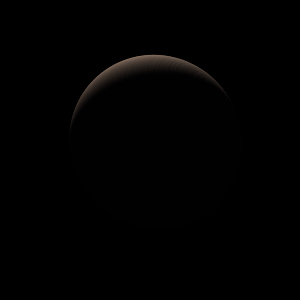|
|
Space Astro
|
Info for exoplanet "Rirke"
| Scientific (actual) data |
|---|
| Name | KELT-6 c |
| Planet status | Confirmed |
| Mass sini | 3.71 |
| Orbital period | 1276 |
| Semi major axis | 2.39 |
| Orbit eccentricity | 0.21 |
| Discovered | 2015 |
| Updated | 2015-08-27 |
| Omega | 268.7 |
| K | 65.7 |
| Publication | Published in a refereed paper |
| Detection type | Radial Velocity |
| Mass measurement type | Radial Velocity |
| Star name | KELT-6 |
| Right ascension | 195.98° |
| Declination | 30.64° |
| Mag v | 10.38 |
| Star metallicity | -0.27 |
| Star mass | 1.126 |
| Star radius | 1.529 |
| Star sp type | F |
| Star age | 4.9 |
| Star temperature | 6272 |
| Wikipedia article | KELT-6 c |
Back
| |
| Fictional info (?) |
|---|
| Suggested name | Rirke |
| Planet type | Cold planet |
| It has the longest rotation period (445 days) of any planet in its solar system and rotates in the opposite direction to most other planets.
A prominent result is the "great black spot", a giant storm that is known to have existed for centuries since it was first seen by telescope. |
| Atmosphere | Ammonia | 32% |
| Nitrogen | 26% |
| Ammonium hydrosulfide (NH4SH) | 22% |
| 2H2O | 14% |
| Hydrogen | 2.7% |
| Oxygen | 1.7% |
| Hydrogen chloride | 0.11% |
| Neon | 0.038% |
| Formaldehyde | 0.00017% |
| Atmospheric pressure | 0.005 bar |
 |
| No known satellites |
| Google search for Rirke |
|
Website by Joachim Michaelis
|
|
|
|